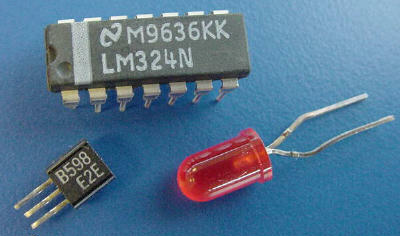

Diodes
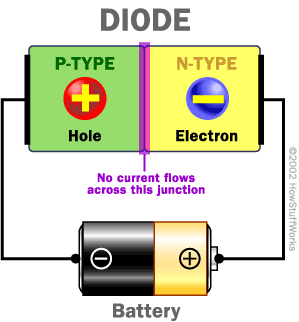
By doping adjacent regions of a semiconductor with p-type and n-type dopants, one essentially creates a diode. If a positive charge is placed on the p-type side, the holes are pushed toward the junction. At the same time, the electrons in the n-type materials are attracted toward the junction. Since there is an abundance of carriers at the junction, current can flow through the junction from a power supply. However, if the charges placed on the semiconductor are reversed, the holes and the electrons are pulled away from the junction, leaving a relatively non-conducting silicon region which stops current flow. These can get more complicated by creating a third region, such as p-n-p or n-p-n. This 3-way configuration is called a transistor. (Wikipedia)
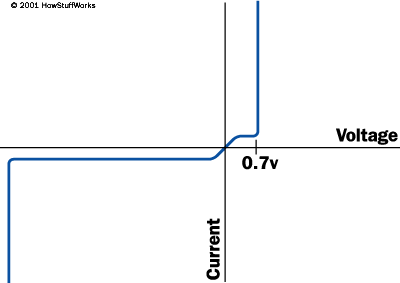
Transistors
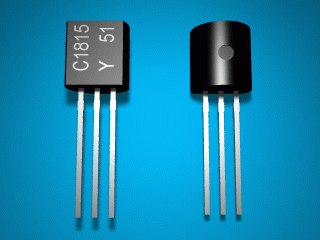
Microprocessors (Planar circuits containing many transistors)
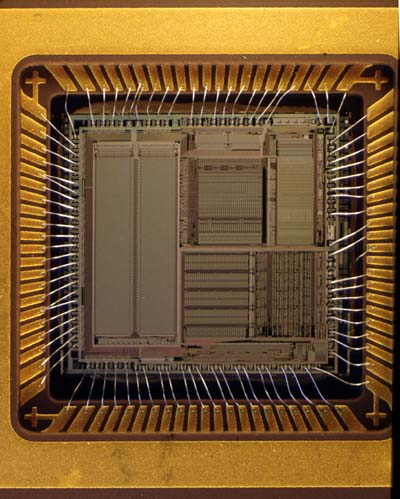
Thermistors (Intrinsic semiconductors sensitive to heat change)
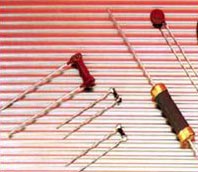
"The existence of commercially available high-temperature semiconductor devices would proide significant benefits in such areas as: sensors and controls for automobiles and aircraft; high-power switching devices for the electric power industry, electric vehicles, etc.; and control electronics for the nuclear power industry.(NMAB)
| Home | History | How They Work | Uses | Works Cited |